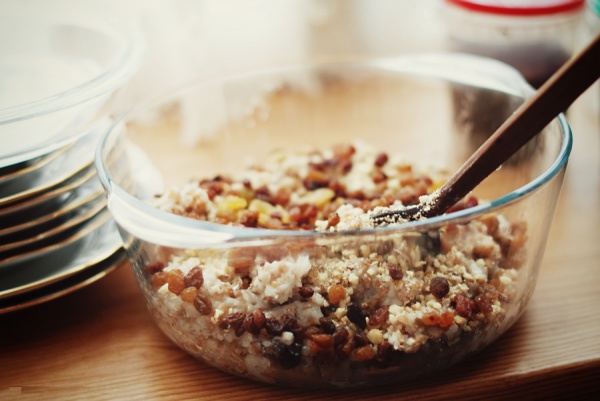Facts About Kutia
Kutia, also known as kutya, is a special grain dish with a sweet sauce that holds significant cultural and religious importance for Eastern Orthodox Christians in Ukraine, Belarus, and Russia. Traditionally enjoyed during the Christmas season, the Feast of Jordan, and funeral feasts, the term "kutia" also refers to the eves of Christmas, New Year, and Feast of Jordan days.
In Ukraine, kutia is a staple of the Christmas Eve Supper, known as Sviata vecheria or Svyata vecherya. This dish is deeply rooted in Ukrainian traditions, possibly dating back to prehistoric times. Classic kutia is made with wheat berries, poppy seeds, and honey, and often includes walnuts, dried fruits, and raisins. As a Lenten dish, it excludes milk and egg products. Some variations may use pearl barley instead of wheat berries.
Kutia is more than just a dish; it is integral to several meaningful rituals. It is the first of twelve dishes served at the Ukrainian Christmas Eve Supper, and everyone at the table must have a taste. Historically, the head of the household would use kutia to predict the coming year's harvest and seek nature's favor for good weather. A similar Ukrainian dish, kolyvo, is also used in rituals but does not include poppy seeds and is served at remembrance services.
Many other countries have their own versions of this dish, made with boiled grains, honey, nuts, and spices. For instance, there's kolivo in Bulgaria, koliva in Greece, ameh masslouk or snuniye in Lebanon, Palestine, and Jordan, colivă in Romania, sochivo in Russia, koljivo in Serbia, cuccìa in Sicily, and sliha or burbara in Syria for Eid il-Bur-bara and St. Barbara's Feast in the Middle East.

 Slovakia
Slovakia